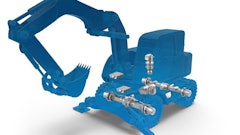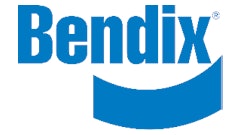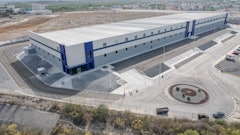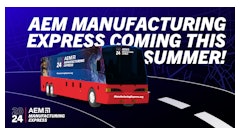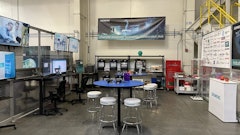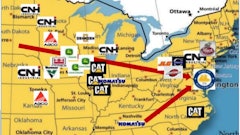
What new markets are areas of growth?
Oil and gas pipeline construction remains steady, and presents a continued opportunity for growth in heavy equipment. We have made investments in our “heavy” product development and customers will continue to see introductions in this category.
We are also taking a close look at what can be done to spur infrastructure development. It is a topic of interest for our customers due to the overwhelming need to revitalize nearly all sectors of American infrastructure. The American Society of Civil Engineers (ASCE) gives our infrastructure a Grade of D+. ASCE also estimates that $3.6 trillion will be needed by 2020 to bring our infrastructure to where it needs to be.
This signifies both a major opportunity for our customers, who work in all areas of infrastructure construction and development, as well as an opportunity for the economy as a whole. Infrastructure development has proven throughout history to have a positive impact on employment and economic growth. CASE is therefore launching a nationwide tour this fall—Dire States: the Drive to Revive America’s Ailing Infrastructure (learn more, 11173618)—to bring further awareness to this issue and to highlight alternative methods of funding, including public-private partnerships, infrastructure investment and the roles that federal, state and local governments play in the process.
How has Case CE prepared for Tier 4 Final implementation and Tier 5?
There is no one-size-fits-all solution for Tier 4 Final, and we have gone to great lengths in research and development to match the right solution with the customer application, optimizing the performance and productivity characteristics of each machine. We took that approach with our Tier 4 Interim designs and, as such, many of our dealers and customers are well prepared for Tier 4 Final technologies.
Regarding Tier 5: We continue to address emissions regulations, whether there are new regulatory deadlines or not. Working together with our sister company, Fiat Powertrain Technologies (FPT), we continue to discover new ways to operate cleanly and more efficiently, and in doing so, keeping machine performance as a top development priority. Thanks to technology advancements in high-pressure common rail fuel systems, our engine productivity is more productive and efficient at lower displacements. Just as we were first with an SCR-only solution for Tier 4 Interim and Tier 4 Final, this ongoing R&D positions us well for new mandates that may lie ahead.
Have you implemented any advanced electronics or mobile technologies to accomplish a more enhanced business model?
We have made significant investments in telematics and launched our own proprietary SiteWatch telematics system in April of 2013 which became the catalyst for CASE ProCare, our best-in-class heavy equipment product support package. We’ve also launched a separate business unit focused on discovering and implementing new technologies for all machines within the global CNH Industrial family. This includes everything from GPS and automation to software and mobility – all with the goal of enhancing our customers’ ability to work more efficiently.
What benefits and challenges do you see with simplified system and vehicle design?
The greatest benefit is the ability to allow our customers to focus on running their business without worrying about how the machine works. The electronics in the engine are what is driving technological growth. In the past, this had to be done by adding sensors, more powerful hydraulics and other extra components. Achieving these advances with electronics eliminates the need for extra systems and simplifies overall operation.
What smart technologies are being investigated?
Many of the automation advances across industries are being driven by mobile consumer technologies such as tablets and smart phones. Telematics introduces this enhancement to construction equipment with the ability to monitor your entire fleet from anywhere with an internet connection or cellular signal, but much more will be achieved in the next few months and years as satellite connectivity and prognostics are introduced.
What areas of the off-road equipment manufacturing industry to you see lagging?
There is a lag on technology development as it relates to compact equipment. This can be attributed to the cost impact on the equipment itself. A new technology price-tag that is more easily absorbed on a large excavator may have a more visible negative impact on the price of a skid steer. As a full-line supplier, we’re finding ways to translate the advances of our heavy equipment line down to our compact utility offerings so technology advancements become more affordable across the fleet.
Technologies of the future
We are at a crossroads where I believe we will begin to see greater leaps forward towards full automation, more advanced equipment prognostics and more sophisticated customers, maximizing their investment in technology to increase productivity, asset utilization and manage costs.
What keeps you up at night?
The ability to find and retain skilled technicians continues to be a challenge for our industry. As technology advances, equipment operation is simplified, but the pool of qualified technicians becomes more limited – and equipment support is vital for our customers. To contend with this increasingly evident issue, CASE is establishing an enhanced training curriculum at schools throughout the country and we continue to look for new ways to retain and bring additional talent into the industry.








